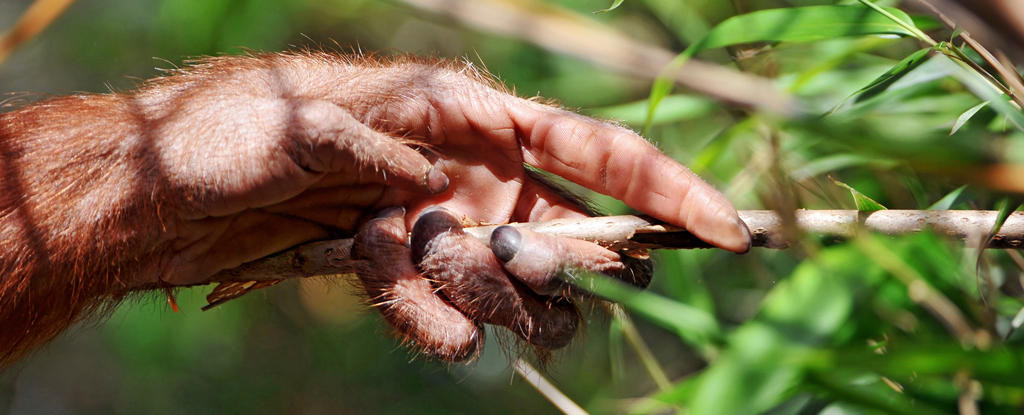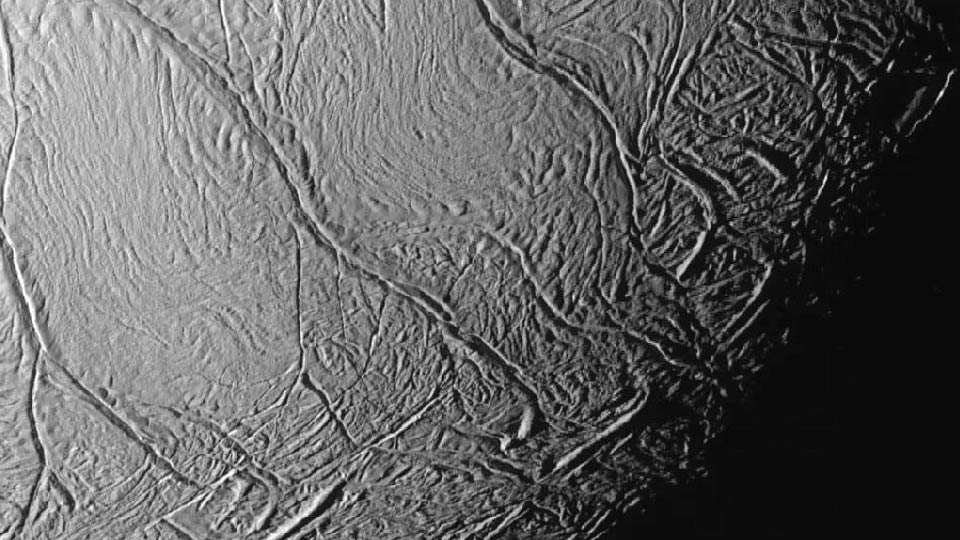JMSE, Vol. 11, Pages 2195: Revealing Heavy Metal-Resistant Mechanisms and Bioremediation Potential in a Novel Croceicoccus Species Using Microbial-Induced Carbonate Precipitation
Journal of Marine Science and Engineering doi: 10.3390/jmse11112195
Authors: Xuya Lv Yingwen Zhong Geyi Fu Yuehong Wu Xuewei Xu
Polymetallic nodules and polymetallic sulfides are currently the major mineral resources found on the seabed. The motivation behind deep-sea mining arises from the pursuit of valuable metals, driven by both economic and geopolitical considerations. However, before mining can be authorized, it is crucial to understand the microbial adaptation and biomineralization process related to heavy metals in deep-sea environments. To search for potential candidate materials for bioremediation in deep-sea environment, two strains with high resistance to manganese and the ability to form rhodochrosite precipitates were isolated from the deep-sea polymetallic nodule areas and hydrothermal polymetallic sulfide areas. Genomic analysis revealed that the strains employed various effective survival strategies, such as motility, chemotaxis, biofilm formation, metal redox, and transporters, to adapt to heavy metal environments. The bacterial strains Ery5 and Ery15 promote the formation of carbonate crystals by creating an excessively alkaline environment and releasing extracellular polymeric substances (EPSs). Furthermore, strains Ery5 and Ery15 were identified using polyphasic taxonomy methods and proposed as a new species belonging to the genus Croceicoccus. This study presents potential candidates for bioremediation in deep-sea environments.

 5 months ago
63
5 months ago
63


